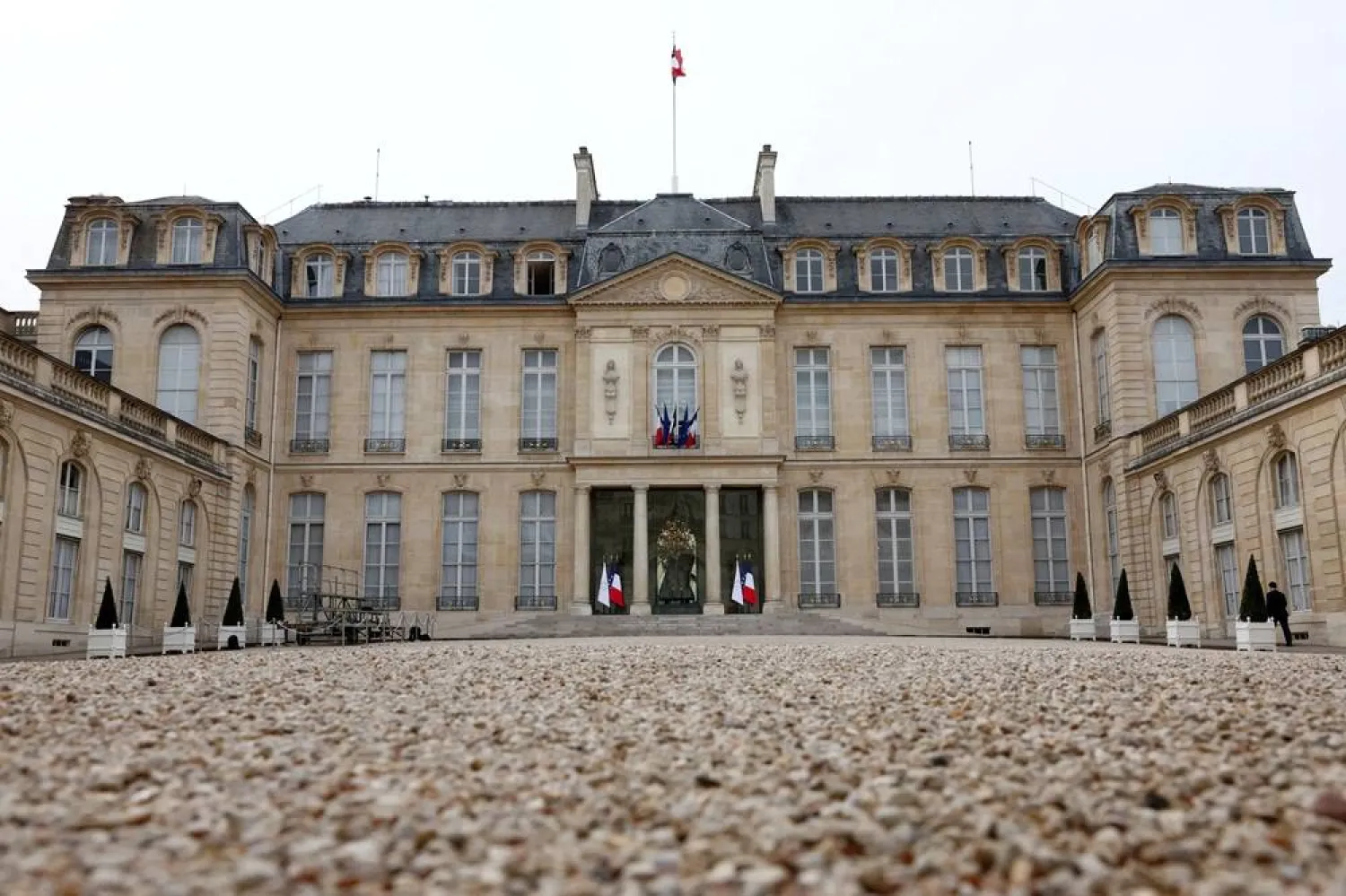As several prestigious buildings including hotels, luxury stores, and contemporary art museums reopen their doors, the heart of Paris hosts a new, beaming “golden triangle” that has sparked controversy among the local political class.
The Louvre Post Office, located near the renowned Louvre Museum, has reopened its doors to the public after seven years of closure. But, the ancient building, dating back to the late 19th century, is currently divided into public facilities including a nursery, police department, and 17 residential units, in addition to tens of stores, and a five-star hotel featuring 82 rooms and two restaurants.
Mayor of Paris Anne Hidalgo believes these facilities could help revive the “heart of Paris,” applauding the ‘harmonious’ renewal of this historic landmark.
In May, the same region witnessed the opening of the contemporary art museum housing the collection of Businessman François Pinault, at the Bourse de Commerce building.
At the time, two other buildings ‘raised again’, the iconic store Samaritaine acquired and renewed after 16 years of closure by the world luxury group LVMH, and Hôtel de la Marin, in the Place de la Concorde.
Waiting for the reopening of the mall Louvre des Antiquaires, the works in another historic building in the neighborhood leading to the Rivoli Street are ongoing to host Maison Cartier.
Mayor of Paris Centre Ariel Weil hailed the reopening of these landmarks and the ‘mix’ of activities (stores, hotels, and offices) with the social aspect (residential units).
On the other hand, the opposition criticized the “hypocrisy” of the executive municipal authority.
Danielle Simonnet, member of the left-wing France Insoumise Party, said “the city is shouting thank you president for the reopening of the Louvre Post Office, the Samaritaine, and the Pinault group,” considering “it’s an acknowledgment of the municipality's political failure.”
Simonnet believes the “small doses of social service” won’t change the fact that “the big corporations are establishing their own golden triangle and changing the aspect of Paris.”
For his part, Aurélien Véron, member of the right-wing Liberal party, said “this golden triangle” expels locals ‘swiftly’ because they “are fed up with being surrounded with tourists whenever they step out of their homes.”
He also noted “the tenants of residential units will be forced to take the metro to buy food,” because they cannot afford the prices in the stores and supermarkets of this “luxurious touristic spot.”
Deputy Mayor of Paris Emmanuel Gregoire sees that the social residential units are “an integral part of our policy to maintain the life in our neighborhoods” and “face the risk of altering the city’s aspect,” noting that “the right culture would never turn the region into an island for wealthy people.”









